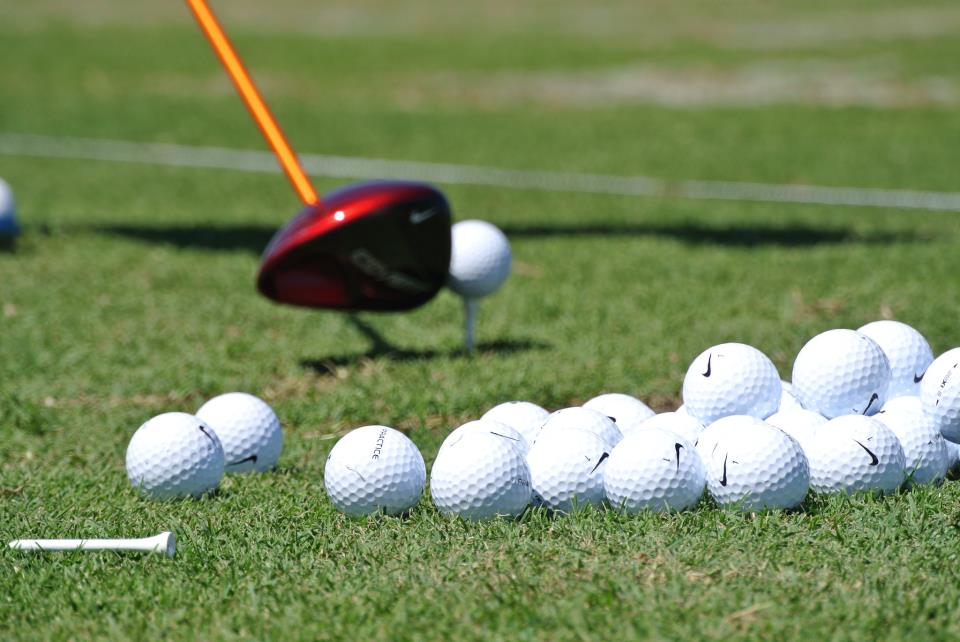By: ED TRAVIS
“Fuzzy thinking, even by well-known and respected GOLF people is still fuzzy thinking.”
When the topic of, “How FAR a Golf Ball Flies,” comes up in locker rooms and 19th hole discussions. “Fuzzy Thinking” quickly results in a call to,
“We must do something before the game is RUINED!”
Respected icons of the game, Jack Nicklaus and Hale Irwin, have said on more than one occasion, the problem with golf is, the ball goes too far.
Let’s Look at the Facts.
First, history has taught us that the controversy over technological advancement is not new. It was essentially the same in the nineteen-century and continues with every major advancement in balls and clubs. If you have extra time on your hands, look up the evolution of the feathery ball to the gutta percha. Then continue to the evolution of rubber-core ball, or the story of the Schenectady center-shafted mallet putter being outlawed, after Walter Travis used one to win the British Amateur.
There was an outrage that all the fine old courses would become obsolete, because they were too short and no longer challenge golfers. Modern improvements in equipment meant the game would become too easy.
Sounds eerily familiar?
Second, today’s distance is primarily due to vastly improved launch conditions. The introduction of lighter composite materials used in metal woods and graphite shafts allow for an increase in the size of driver club heads.
Original titanium drivers permitted club makers to nearly double clubhead size, plus shafts could be made longer and lighter. These technological advancements yield immense improvement in ball aerodynamics, which has added significant distance, with all clubs.
Tour professionals, are the main focus of the “fuzzy thinkers.” They believe the pros hit the ball too far. They forget, however, that modern golf has greatly benefitted from computer-aided instruction (Trackman and FlightScope), improved physical training, plus the simple fact that today’s competitors are bigger and stronger than golfers of the past eras.
Improved turf equipment and better agronomy have resulted in courses, playing firmer and faster, which also adds to overall distance.
With the number of golf courses steadily decreasing, overall land usage is not an issue. It is true, however, that some “fine old courses” may not have the ability to be stretched to accommodate modern professionals, But, that’s OK.
The average golfer does not require every course emulate this year’s U. S. Open venue, Erin Hills, which had the capability to be stretched to over 8,000 yards.
The next fact is that in 2017 the average driving distance on the PGA Tour is 291.20 yards. That is an increase of one yard over the preceding ten years. There has not been a “distance explosion” in over a decade.
For the recreational player, titanium-headed-graphite-shafted drivers and solid-core-low-spinning urethane cover balls have not produced the gains in yardage achieved by professionals.
Modern golf ball technology has not caused golf handicaps to drastically plummet. The typical male golfer does not hit a drive farther than 200 yards. Golf handicaps for the average golfer remain above 15. Only 5% of golfers routinely break 80 and less than 29% post scores under 100.
The rulers of our game do not seem to understand or be concerned with the problems of the average golfer, who occasionally makes a par and buys a celebratory beer, when he happens to make a birdie.
Additionally, the United States Golf Association (USGA) sends a mixed message as they explore the idea, golf ball distance should be reduced, while encouraging weekend warriors to play from a shorter tee set. That argument seems a bit illogical at best.
The culprit, most often cited is the low-spin, solid-core, urethane-covered, Titleist Pro V1, which debuted in the fall 2000 and immediately became the most-played ball on the PGA Tour.
Professional golf is part of the entertainment industry. The business model should provide just that and give customers what they want.
Chicks, as well as, Golf Fans Dig the LONG BALL!
Golf fans want 300-plus drives, short par-4’s and 5’s, that yield birdies and eagles galore. The biggest topic of conversation at golf shops around the country, after the Dustin Johnson’s win over Jordan Spieth at the Northern Trust, centered around his 347-yard drive on the first playoff hole, not Spieth’s accuracy off the tee.
In 2007, the scoring average on Tour was 71.34 compared to this season’s 72.00. Twenty years ago, the scoring average was 71.77, proving courses are not getting easier, despite what some would lead you to believe.
As Frank Thomas, former technical director of the USGA and current golf industry consultant has often stated,
“Driving distance has gone as far as it can go, because the physics involved are maxed out.”
Part of the “fuzzy thinking” can be attributed to media. It’s easy to write that a well-known player, ex-player or some administrator decrying the state of the game. One headline trumpeted “Great Balls of Fire!” The cheap-shot headline referred to today’s low-spin golf balls and displayed a complete lack of knowledge, not to mention an abuse of journalistic standards.
In conclusion, there’s no horrific problem with the distance the golf ball travels. That’s just plain old “fuzzy thinking.”
History has proven, the solution is easy, Do nothing.
We need to ignore the “Golf Ball Distance Crisis,” because if we don’t, “fuzzy thinking” will eventually prevail.










